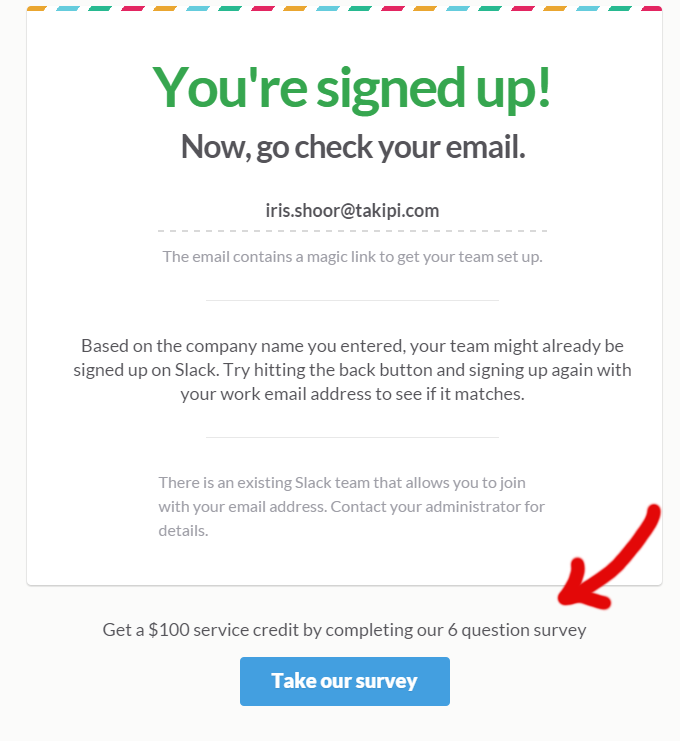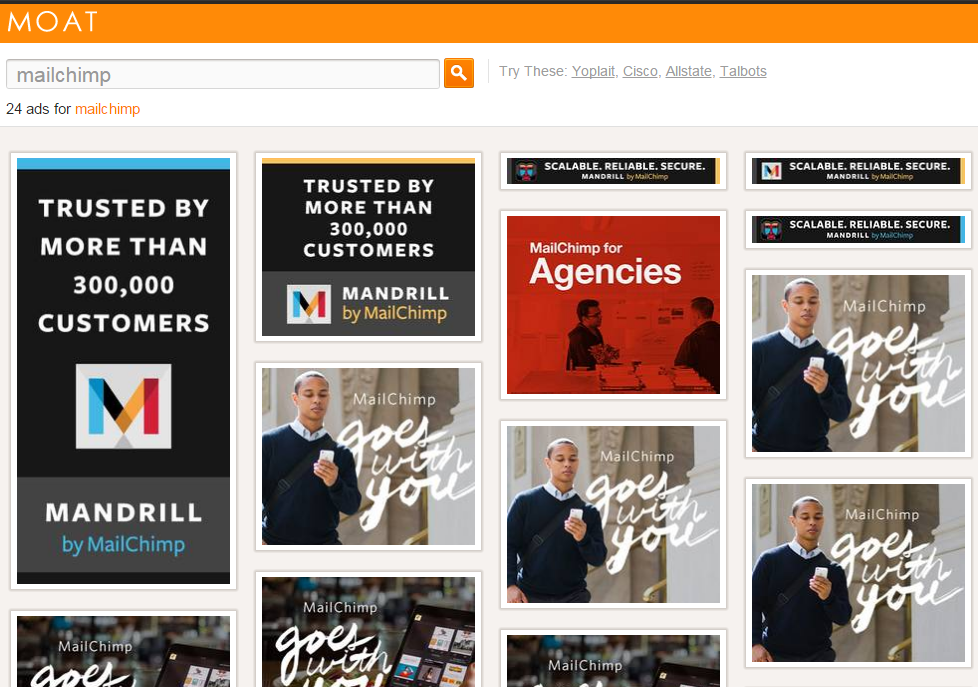If you want companies to buy your product, the first thing you should do is to get individuals to hear about it. The truth is that each sale starts when a person who works for a company knows what you’re doing and is impressed enough to suggest your product to an organization. Traditional B2B marketing concentrates on reaching the “right” audience directly while growth hacking allows to reach a wider range of people which increases your chances significantly.
Contents
Do more with your content
1. Create great indexes for your community
Both lists and indexes are produced quite easily. They also generate high and static traffic.


2. Create games and puzzles
It’s an awesome way to gain more users. “Game of hacks”, for example, helped Checkmarx to attract more than 65,000 security experts.

3. Use Google alerts to get secondary traffic peaks
Let’s face it: any startup is short on resources. That’s why you should know how to reuse content. The majority of topics that B2B companies cover are still relevant in a few months. You can always slightly refresh them and post them again.
4. Make presentations out of posts and upload them to SlideShare
It’s another way how you can reuse your content. If you create a presentation, you earn twice because you’ll get leads from SlideShare and you’ll rank higher on Google by embedding a presentation on the original post.
5. Retarget by page/ post
If you have chosen content marketing as your main strategy, the majority of your visitors may probably be unaware of what your product does when they leave your blog. Use retargeting to bring them back (Google Ads, Facebook Ads, Twitter Ads and other services).
6. SEO based content marketing
Leveraging search based marketing is one of the main roles of content marketing. It’s possible to adjust a website to a set of keywords and SEO adjustments can affect your home page messaging. The key thing here is to pick keywords you want to rank high on and create posts around them.
7. Compare different products and add your product to the workflow
Comparing various tools – tool A Vs. tool B – is one of the best content types as it attracts many readers. And they are the right people for you as they are already looking for tools.
8. Make a list of tools, including yours
Lists of tools work very well for any blog. They allow to create content marketing and write about your own product directly. You’ll also extend your reach, if you contact other companies that you mention and ask them to tweet/share the post.
9. Create long and detailed guides
This is probably the best performing type of content marketing. Creating it may take you a long time (like 5-10 posts) but the result will be outstanding. What is more, you can offer visitors to fill out their email to download your guide or read advanced chapters.

Newsletters and email funnel
10. Ask newsletter editors to publish your content
Find 2-3 newsletters that fit your topic the best and email them. Add a short message about your post and inquire whether it’s good for the newsletters. They may or may not include it. And if they’ve published your post, don’t forget to thank them.
11. Switch content with other companies
We’re talking about newsletters of other companies. It would be great to use a user base of a company that sells to the same audience (not a competitor). For example, a joint promotion.
12. Try Wavelength by Mailchimp
This tool by Mailchimp is extremely helpful at discovering other newsletters with a similar audience to yours. You’ll be able to exchange content/have sponsored posts there.
New tool, new audience, minimal work
13. Launch the same (similar) product as a new one
The thing is we all love something built for us exclusively. For example, X for marketers, X for advertisers.
14. Launch a sub product as a new one
You can also pull some feature out from your main product and launch it as a free tool. It will generate awesome traffic and leads. The majority of B2B products are built from many features and some can successfully exist by themselves. Such “mini tools” are free and catchy most of the time so it will be no problem to market them.
Optimize your funnel
15. A/B test your email funnel
We suggest you to carry out 5 email A/B tests (the subject line and body). Test 2 versions every week, the winner against a new version and so on.

16. Use giveaways of other (cool) products
It’ll surely take some time until your company becomes famous and trendy and people would like to have something with your brand. True fans always want bags or T-shirts. If you create ads, swag or landing pages appealing to your audience with a different product/ brand/ messaging, you’ll increase the demand and leads manifold.

17. Use live chat, even at early stages
Don’t linger with adding a live chat to your app/website. It doesn’t even need a 24/7 support group.
18. Increase the number of sign ups from the same company
This tactic works good both for B2B and B2C. Create a group within the same company and add an option to tag people, share tasks and so on from the app.
19. Segment your newsletters
Quality newsletters can help in many ways: close deals, increase the engagement and bring back ‘dead’ users. But it will work only on condition that it’s interesting to users. The conversion rate will increase significantly, if you segment your newsletters (by usage, technology, location).
20. Use Optimizely to create a dynamic connection between your SEM/Ads and your landing page
A contextual landing page with high correlation to its source leads to high conversion rate. The main goal of Optimizely is to carry out A/B tests without code changes. But it will also help to dynamically change landing pages.
21. Suggest a discount for more details about the product
If you want to qualify leads and segment your users, ask them to leave more information during signing up.

Discover new traffic sources
22. See which blogs cover other tools
It’s a fact that B2B products are not that interesting if compared with B2C. But don’t get discouraged, if some blogs don’t want to cover your product. There’s a way to predict an outcome: check whether a blog has already written about similar products.
23. Create your own community
Don’t be afraid to create your own community instead of contributing to existing ones.
24. Build plug-ins for other tools
More plug-ins and integrations mean more leads. If you create a great many of plug-ins, you can create new marketing channels.You will be able to outsource building all plug-ins and getting tens of new integrations by creating a basic API.
25. Learn where other companies get their traffic from
Learn where products with the same target audience get traffic from. Find out which ads/banners work well for them. Identify what kind of email templates are good for your industry.

26. Add sign up via Google, Twitter, Facebook and Github
Many companies point out that after adding such options they got 5-10% sign up rate increase.
27. Know which content type works best for your competitors
Choose topics for your blog according to data and numbers because some content is more likely to go viral and get higher traction. Go to other similar blogs and find out the keys to creating high performing content.
28. Cross promotion
Cross promotion is about partnering with other companies which aim to your target audience (not competitors). You can exchange posts, replace banners on blogs, create newsletters and so on.
29. Retargeting list swapping with a partner
Try to swap retargeting pixels with other companies/blogs addressing the same user base. Many services allow to keep cookies for various campaigns and you’ll be able to embed a pixel for a different company, they’ll get the traffic and handle it. CookieJar is also a great tool helping you to grow a retargeting list.
Read the full version Iris Shoor’s article.





